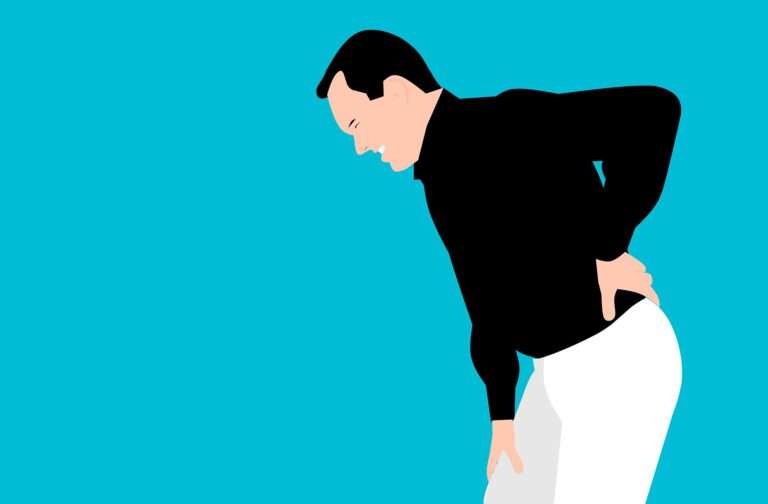This decision was eagerly awaited after the Emden Labor Court had “confused” the previous understanding of the distribution of the burden of presentation and proof in overtime proceedings with two decisions. The Federal Labor Court has now taken part Judgment of May 04.05.2022, 5 (ref. 359 AZR 21/XNUMX) restored to its old state. The verdict makes many companies breathe a sigh of relief.
1. THE FACT
The plaintiff employee was employed by a retail company as a delivery driver. The employee recorded the start and end of his working hours using a technical recording device. The break times were not recorded. At the end of the employment relationship, the employee had a positive working time credit of almost 350 hours. The plaintiff employee requested payment for this overtime from the company. He claimed that he hadn't been able to take breaks. He always worked hard. The company denied this claim.
The Emden Labor Court had upheld the lawsuit (ref. 2 Ca 399/18). The Lower Saxony State Labor Court changed the judgment and dismissed the lawsuit - with the exception of overtime that had already been billed (ref. 5 Sa 1292/20).
2. THE DECISION
The employee's appeal against the judgment before the Federal Labor Court was unsuccessful. The state labor court rightly dismissed the lawsuit. The requirement to demonstrate the employer's instigation and attribution of overtime should not be abandoned due to the case law of the ECJ (judgment of May 14.05.2019, 55, Ref: C-18/2003). This was issued on the interpretation and application of the Working Time Directive (88/31/EC) and Article XNUMX of the Charter of Fundamental Rights of the European Union. The principles developed therein have no impact on the principles governing the remuneration of employees. It also has no impact on the principles developed in German procedural law. This applies in particular with regard to the distribution of the burden of presentation and proof in the overtime process.
The State Labor Court therefore correctly assumed that the employee was still required to provide evidence. He was unable to adequately demonstrate that working through the breaks was always necessary. Merely asserting this is not enough.
3. CONCLUSION
The judgment is in line with the previous case law of the Federal Labor Court. The employee must then explain and, if necessary, prove when they worked overtime and what work they did. He must also demonstrate that the extra work was ordered or approved by the employer. Companies that do not introduce time recording do not have a different burden of proof.
The ruling will provide relief for many companies. Even though the LAG Lower Saxony had already largely rejected the lawsuit, there was great uncertainty until the end.








